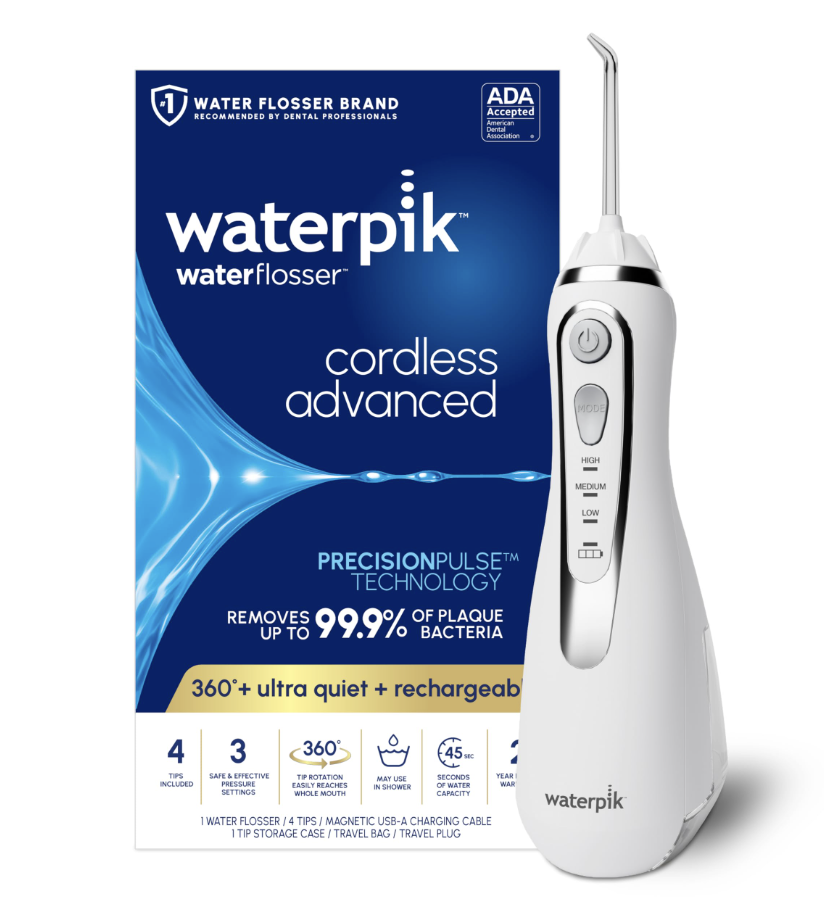Maintaining Oral Hygiene
Properly cleaning your teeth and gums at home is one of the most important factors in maintaining long term dental health.
Start by:
Brushing twice daily for a minimum of two minutes
High cavity risk patients or those with limited hand dexterity should strongly consider an electric tooth brush. Some literature shows electric tooth brushes like Oral B IO is more effective in removing plaque
Brush the biting surfaces of the teeth first, then the sides, and especially focusing on the gum line
Do not brush with excess force near the gum line as this can contribute to gum recession
Ensure to reach all surfaces of all teeth
Use a fluoridated tooth paste.
Prevident 5000 for high cavity risk individuals
Stannous fluoride-containing for those with active periodontal disease
Patients with thinner enamel or abrasion should consider a minimally abrasive toothpaste with a low RDA value (learn more here).
Patients looking for an alternative to fluoride-based products should consider hydroxyapatite-based tooth paste (learn more here).
Video for manual toothbrushing.
Flossing
Flossing once daily using conventional string floss or Floss picks. Flossing should be done in a “C-shaped” manner, hugging the sides of each tooth rather rather than straight up and down. Where larger gaps exist between teeth (“black triangles”) and floss is too loose and ineffective, use interdental brushes (eg. “Proxabrushes”). These brushes are used in short in-and-out motions, and should never be forced. Use the largest size that comfortably passes through the space.
Larger spaces between teeth often appear as a “black triangle” and can trap food more easily, as well look unaesthetic. Floss is often too loose to effectively clean these larger spaces.
Proxabrushes, made by GUM, are better at effectively cleaning out larger spaces between teeth. They come in different sizes, and inserted perpendicular to the tooth.
Waterpik
A Waterpik is a great additional option for cleaning areas between teeth that regularly trap food. The water pressure can be effective in flushing our larger debris to reduce gum inflammation. This is particularly helpful for patients with dental implants, bridges, or orthodontic appliances (braces, retainers). It should not replace flossing.
Oil Pulling
Oil pulling is an increasingly popular activity where one uses natural oil (eg. coconut) to swish and rinse. These oils may contain anti-inflammatory and antimicrobial properties which are thought to inhibit oral bacteria and mitigate inflammatory gum disease such as gingivitis and periodontitis. While this practice is not thought to be harmful, there is limited evidence demonstrating its efficacy, and should therefore not be thought of as a replacement for conventional brushing and flossing. Rinsing alone is unlikely to disrupt bacterial biofilm strongly adhered to the teeth and gums, where as brushing and flossing directly and physically agitates and disrupts the biofilm.




